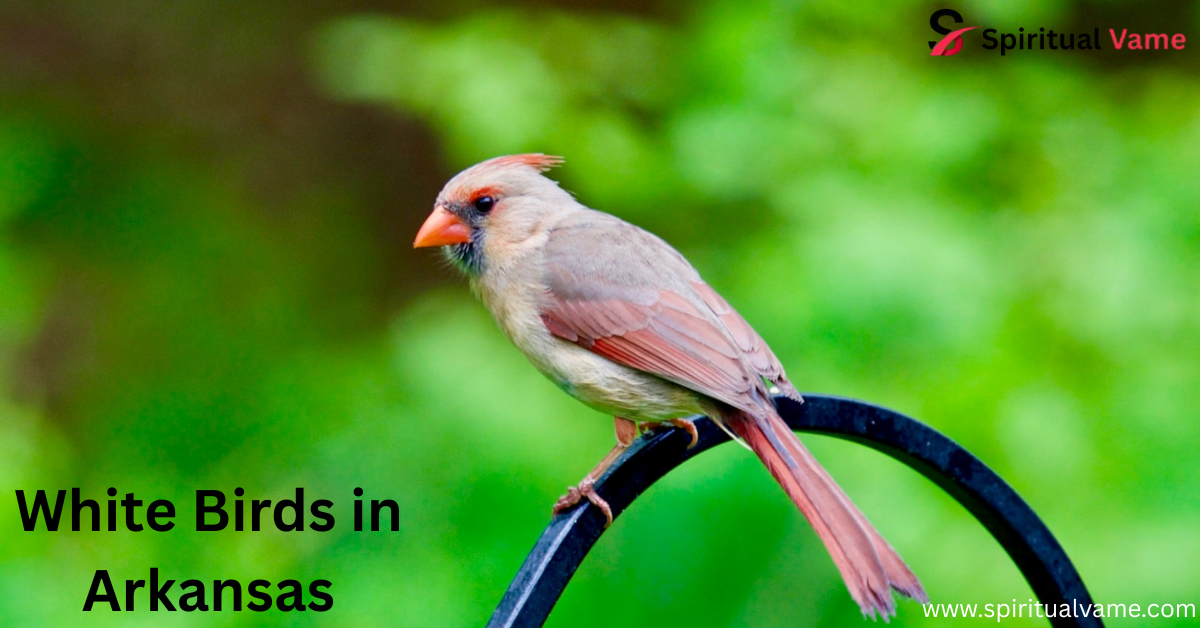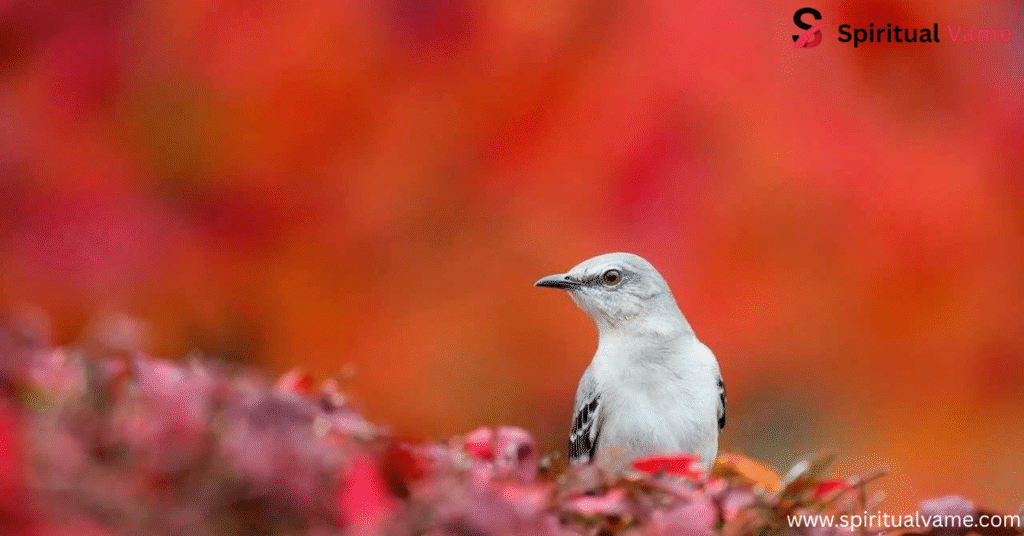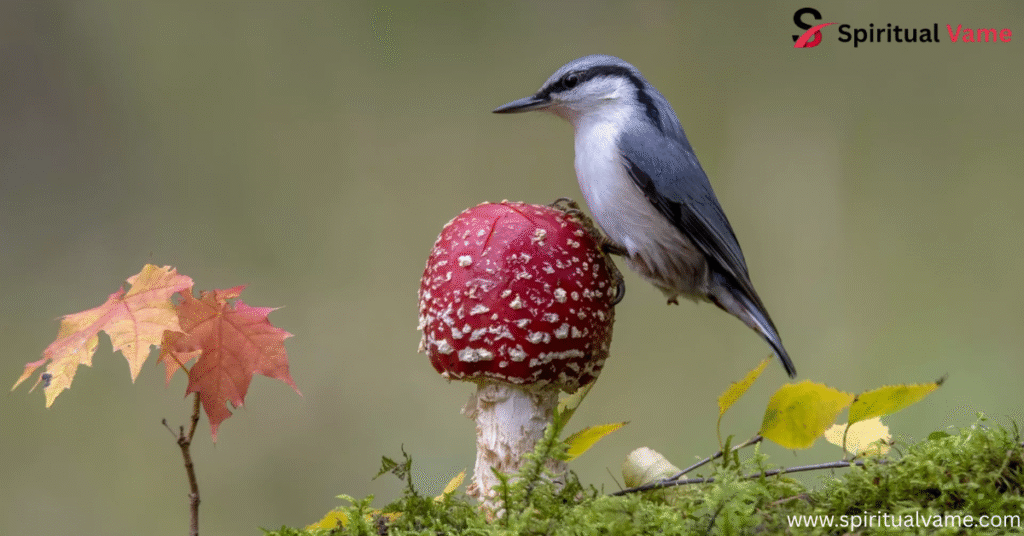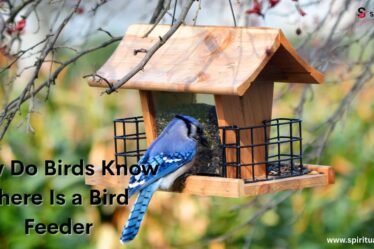
Arkansas is a haven for bird enthusiasts, especially those captivated by the elegance of white birds. The state’s diverse habitats—ranging from lush wetlands and expansive lakes to serene rivers and open fields—provide ideal environments for various white-feathered species. These birds, with their striking plumage, not only enhance the natural beauty of the landscape but also offer fascinating insights into avian behavior and ecology.
Among the most notable white birds in Arkansas are the Great Egret (Ardea alba), Snowy Egret (Egretta thula), and Cattle Egret (Bubulcus ibis). These Egrets are commonly found in marshes, wetlands, and along riverbanks, where they forage for fish, frogs, and insects. Their long legs and slender bills make them adept hunters in shallow waters. The Great Egret, with its impressive wingspan and graceful flight, is a sight to behold during the breeding season when its plumage becomes even more pronounced.
The Rock Pigeon (Columba livia), often overlooked, displays a variety of color morphs, including all-white individuals. These birds are commonly seen in urban and suburban areas, frequenting parks, lawns, and even parking lots. Their adaptability to different environments showcases the resilience of avian species in changing landscapes.
Ring-billed Gulls (Larus delawarensis) are another white bird species prevalent in Arkansas, especially near lakes, reservoirs, and landfills. Their distinctive black-ringed bill and loud calls make them easily identifiable. These Gulls are often seen in large flocks, engaging in social behaviors and foraging for a variety of prey.
During the winter months, Arkansas becomes a temporary home for Snow Geese (Anser caerulescens) and Ross’s Geese (Anser rossii). These migratory birds travel from their breeding grounds in Canada and the Arctic to the southern United States, forming massive flocks that can be seen in fields and near bodies of water. Their synchronized flight patterns and communal feeding habits are a testament to the complexities of avian migration.
The state’s wetlands and lakes also attract majestic Swans, including the Trumpeter Swan (Cygnus buccinator) and Tundra Swan (Cygnus columbianus). These large birds, with their expansive wingspans and resonant calls, are symbols of grace and tranquility. Observing their behaviors, from foraging to nesting, offers valuable insights into the life cycles of waterfowl.
18 White Birds In Arkansas

Arkansas’s rich avian diversity includes a plethora of white bird species, each with unique characteristics and behaviors. The Great Blue Heron (Ardea herodias), while typically blue-gray, exhibits a juvenile phase with predominantly white plumage, making it a fascinating subject for birdwatchers. Similarly, the Little Blue Heron (Egretta caerulea) starts its life with white feathers before transitioning to its namesake blue coloration. These Herons are commonly found in swamps, streams, and ponds, where they employ stealthy hunting techniques to capture fish and amphibians.
The American White Pelican (Pelecanus erythrorhynchos) is one of the largest birds in North America, boasting a remarkable wingspan and a distinctive bill capable of holding several liters of water. These Pelicans frequent lakes, reservoirs, and estuaries, often observed gliding gracefully over the water’s surface or resting on sandbars. Their cooperative feeding strategies, where groups work together to herd fish, highlight the social complexities of avian life.
The White Ibis (Eudocimus albus), with its curved bill and striking white feathers, is a common sight in marshes and wetlands. These birds use their specialized bills to probe the mud for crustaceans, insects, and other small prey. Their presence often indicates a healthy, biodiverse ecosystem.
In more open areas, the Wood Stork (Mycteria americana) can be spotted, characterized by its bald head and large stature. These birds are typically found in swamps and wetlands, where they feed on fish and amphibians. Their unique foraging method involves holding their bills open in the water and snapping shut when prey comes into contact.
Other notable white birds include the Mute Swan (Cygnus olor), known for its elegant neck curve and serene presence in lakes and ponds; the Common Tern (Sterna hirundo), a migratory bird that frequents coastal areas and inland waterways during the breeding season; the Swallow-tailed Kite (Elanoides forficatus), with its distinctive forked tail and aerial agility; and the elusive Snowy Owl (Bubo scandiacus), which occasionally ventures into Arkansas during irruptive migration events, bringing a touch of Arctic majesty to the region.
White Birds In Arkansas By Season
Arkansas’s seasonal changes significantly influence the presence and behaviors of white bird species. During the spring and summer, Egrets, Herons, and Ibis are more prevalent, taking advantage of the abundant wetlands and marshes for breeding and foraging. These seasons are ideal for observing courtship displays, nesting behaviors, and the rearing of juvenile birds.
In contrast, the fall and winter months usher in migratory species such as Snow Geese, Ross’s Geese, and various Swans. These birds travel along the Mississippi Flyway, a major migration route that passes through Arkansas, bringing with them dynamic flocks and unique calls that resonate across fields and lakes. The cooler seasons also offer opportunities to spot rarer visitors like the Snowy Owl, which may appear during certain years when prey availability in their northern habitats declines.
Understanding these seasonal patterns enhances the birdwatching experience, allowing enthusiasts to anticipate which species are likely to be present and where to find them. Whether it’s the bustling activity of breeding colonies in the summer or the serene gatherings of migratory birds in the winter, each season offers its own unique avian spectacles.
18 White Birds In Arkansas

Arkansas’s avian landscape is rich with white-feathered species, each contributing to the state’s ecological tapestry. The Great Blue Heron, despite its name, exhibits a juvenile phase with white plumage, making it a fascinating subject for observation. The Great Egret and Snowy Egret are prominent in wetlands, showcasing elegant hunting techniques and striking breeding displays. The Rock Pigeon, adaptable and widespread, often displays white color morphs in urban settings.
Ring-billed Gulls are common around lakes and landfills, their distinctive calls and social behaviors making them a familiar presence. The American White Pelican, with its massive wingspan, is a spectacle during migration, often seen gliding over reservoirs and rivers. The Snow Goose and Ross’s Goose form large flocks in fields during the winter, their synchronized movements and vocalizations creating dynamic scenes.
The Little Blue Heron, in its juvenile white phase, frequents marshes, while the Cattle Egret is often found in agricultural areas, following livestock to feed on disturbed insects. The White Ibis and Wood Stork are indicators of healthy wetland ecosystems, their specialized foraging techniques playing crucial roles in maintaining ecological balance.
Trumpeter Swans and Tundra Swans grace lakes and ponds, their serene presence and harmonious calls adding to the tranquil ambiance. The Mute Swan, though non-native, is occasionally spotted in urban water bodies. The Common Tern and Swallow-tailed Kite bring aerial dynamism to the skies, while the rare Snowy Owl offers a glimpse into Arctic avifauna during certain migration events.
Conclusion
White birds in Arkansas are a beautiful and important part of nature. You can find them in many places like lakes, rivers, fields, wetlands, and parks. White birds in Arkansas include egrets, swans, geese, pelicans, and more. Some stay all year, and others come during migration seasons. Watching white birds in Arkansas is a fun and peaceful activity for bird lovers.
There are many kinds of white birds in Arkansas. Each one is special and easy to enjoy. Bird watching helps people learn about nature and wildlife. If you want to see amazing birds, explore the outdoors and look for white birds in Arkansas. They are a true treasure of the state.



